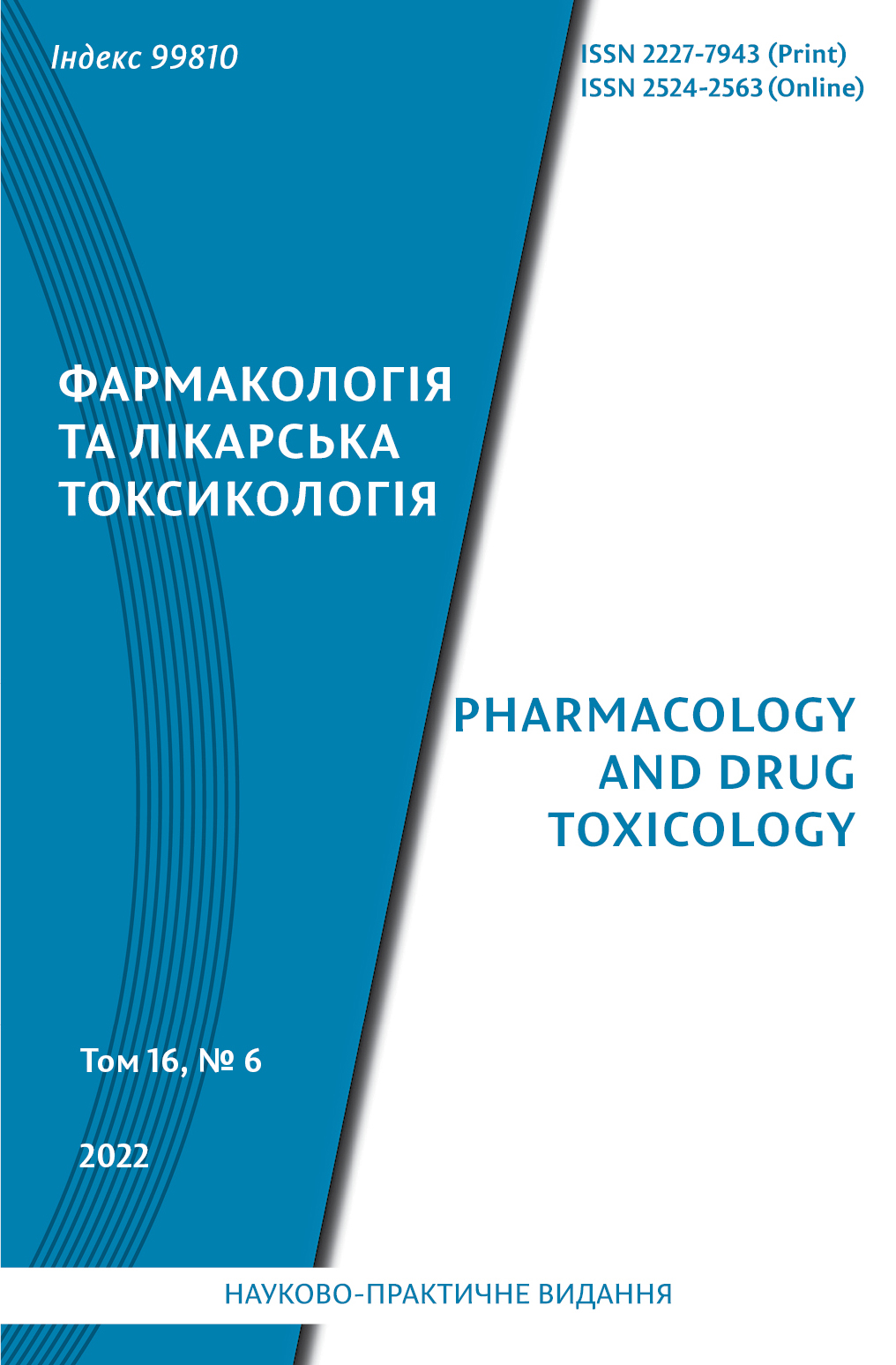Abstract
The aim of the study is to analyze the risks of adverse reactions (ARs) to cephalosporins in the Kharkiv region in 2020. The database of registered cases of ARs during the use of drugs in the Kharkiv region for a year was analyzed. A total of 971 reports were received, of which 316 were reports related with ARs to antibiotics and 57 reports about ARs to cephalosporins. The prevalence of ARs to cephalosporins was 2 cases per 100,000 population, which is rare in terms of frequency. ARs developed mainly in young women (28 % of cases) and children under 1 year (14 % of cases). Among the cephalosporins, the largest number (84.7 % of cases) of ARs was reported to the drugs of the III generation, of which 66.7 % were attributed to Ceftriaxone, 14.6 % of cases – to Cefotaxime. This may be related with the most frequent appointment of III generation cephalosporins in medical practice. 83 adverse reactions to cephalosporins were registered, which were manifested mainly in the form of local reactions – 50 cases (60.2 %), to a lesser extent in the form of systemic reactions – 33 cases (39.8 %). The largest number of adverse reac- tions was in the form of skin reactions (rash, itching, hyperemia) – 59.5 %, allergic reactions (urticaria, Quincke's edema) and negative effects on the gastrointestinal tract (dry mouth, nausea, diarrhea) – by 9.5 %. Isolated complaints on lacrimation, edema of the limbs were by 2.4 % each, hypotension, dyspnea, numbness of the limbs – by 1.2 % each. Most of the received ARs belong to type A, except for allergic reactions – type B, these reactions were non-serious and predictable.
Regular studies on the assessment of risks and seriousness of the occurrence of ARs on antibiotics use are necessary to control the safety of antibiotic therapy and to develop methods for preventing their com- plications.
